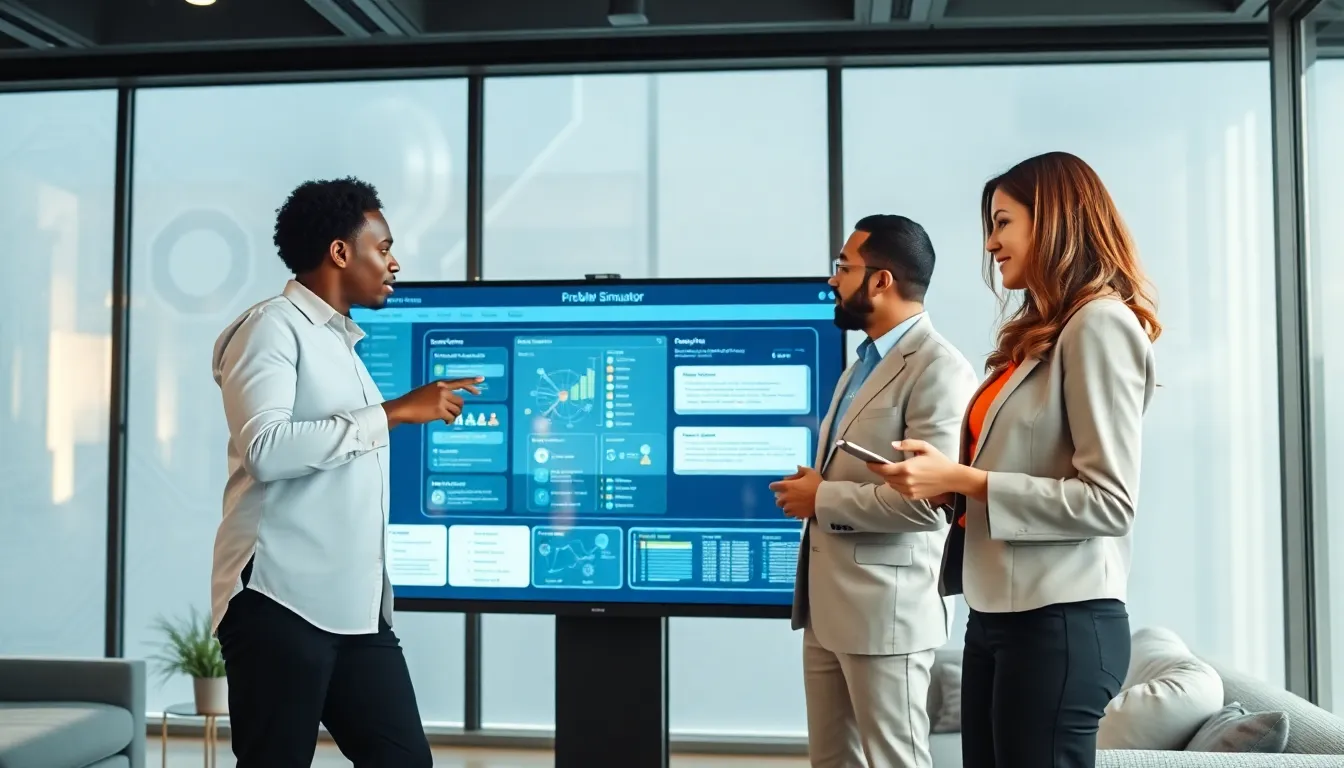Are you ready to take your problem-solving skills to a whole new level? Problem simulators are like virtual playgrounds for your brain, they help you tackle challenges without the risk of a reality check. Imagine navigating through complex scenarios where every decision sharpens your skills. In today’s article, we’ll jump into how to make the most of these tools, ensuring you’re prepared for whatever real-life problems come your way. Let’s put on our thinking caps and get started.
Understanding Problem Simulators

Problem simulators are innovative tools designed to mimic real-world situations, allowing users to practice and refine their problem-solving abilities. These simulators serve various industries, from business to healthcare, and range from simple software applications to complex virtual environments. They provide a safe space to experiment and learn, free from the fear of making mistakes.
By using a problem simulator, individuals can explore different strategies, understand the implications of their choices, and enhance their decision-making skills. Many simulations incorporate feedback mechanisms, helping users recognize their mistakes and adjust their approaches accordingly. This feedback loop is crucial in developing a deeper understanding of the scenarios being simulated.
Tips pblemulator
The world of problem simulators isn’t one-size-fits-all: instead, it’s a diverse landscape catering to various needs. Here are some common types:
1. Business Simulators
These are tailored for professionals seeking to improve their business acumen. They often simulate market conditions, allowing users to make marketing, production, and financial decisions to observe their outcomes.
2. Healthcare Simulators
In healthcare, simulators provide medical professionals with realistic scenarios to practice diagnostics, surgical procedures, and patient management skills, which can be pivotal for real-world success.
3. Educational Simulators
Found in classrooms, these tools help students learn complex concepts through hands-on experience. Whether it’s physics, chemistry, or mathematics, these simulators allow learners to visualize and experiment with theoretical constructs.
4. Military Simulators
Utilized for training purposes, these simulators prepare military personnel for combat scenarios, strategy formulation, and leadership development in a risk-free environment.
Best Practices for Effective Use
Maximizing the benefits of a problem simulator involves strategic planning and skilled execution. Here are some best practices:
1. Set Clear Objectives
Before engaging with a simulator, individuals should define what they aim to achieve. Whether it’s enhancing analytical skills or practicing emergency responses, having specific goals keeps the training focused.
2. Engage with Realism
Treat simulations as real-world scenarios. The more seriously one takes the experience, the more valuable the learning outcomes. Immerse oneself in the roles assigned and approach each situation authentically.
3. Iterative Learning
Practice makes perfect, and this holds for problem simulators too. Repeat scenarios multiple times to learn from mistakes and refine techniques.
4. Seek Feedback
After completing simulations, solicit feedback from peers or mentors. Constructive criticism can provide insights into areas for improvement, further enhancing skills and understanding.
Common Mistakes to Avoid
Navigating the path of using problem simulators can be tricky. To ensure a seamless process, aware individuals should steer clear of these common pitfalls:
1. Neglecting Objectives
Engaging in a simulation without clear objectives can lead to wasted time and missed learning opportunities. Always strive to have a target in mind.
2. Rushing Through Scenarios
Taking the time to thoroughly explore each scenario pays dividends. Rushed decisions often lead to superficial understanding and hinder deep learning.
3. Avoiding Complexity
Some may shy away from complex simulations out of fear of failure. Yet, these situations often offer the richest learning experiences. Embrace the challenge.
4. Failing to Reflect
After the simulation, take a moment to reflect on what worked and what didn’t. Self-assessment is key to converting experience into knowledge.
Enhancing Your Skills Through Simulation
To elevate one’s skills via problem simulation, individuals must integrate these experiences into their overall development plan. Here are some ways to do just that:
1. Diversify Simulations
Don’t limit oneself to a single type of simulation. Explore various scenarios across different fields to broaden skill sets and perspectives.
2. Collaborate with Others
Working with teams during simulations enriches the experience. Different perspectives lead to innovative solutions and improve teamwork skills, crucial in any workplace.
3. Reflect on Real Experiences
After undergoing simulations, individuals should relate what they learned back to real-world experiences. This connection helps solidify the knowledge gained and prepares one for actual scenarios.


More Stories
How To Set Up Pblemulator: Your Ultimate Guide to Success
Minecraft: The World Gaming Madness at The Playcentre
Instructions Manual Hssgamestick: Your Ultimate Gaming Companion